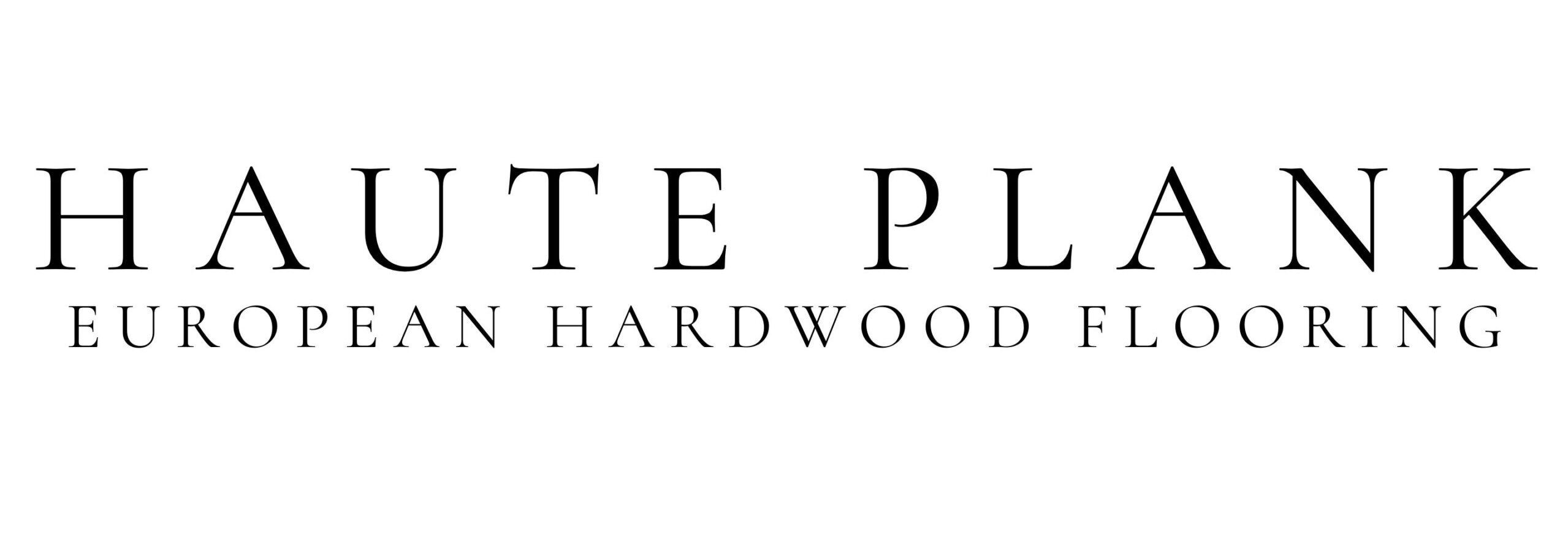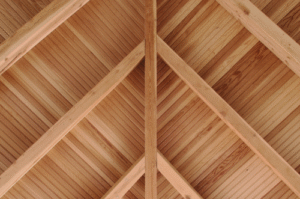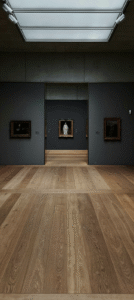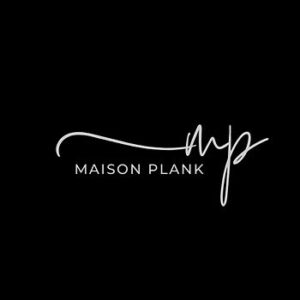For Designers: Spec Integrity Starts Long Before the Submittal

Design intent is set early, long before the first submittal lands on a contractor’s desk. Choices made during schematic and design development determine how well a specification will hold up through procurement, value engineering rounds, and alternate reviews. At the commercial level, specification language carries weight. When it is clear and complete from the start, it protects the design vision through every stage of the project.
Where Specs Start to Slip
In most commercial projects, designers set the direction while architects or spec writers formalize the language. That handoff is familiar, and it is often where details fall through the cracks. Early design notes stay conceptual longer than intended, or boilerplate language lingers in the spec set. Budget pressure can delay product decisions, and placeholders remain longer than anyone planned.
This is not a comment on skill. Compressed schedules and changing budgets affect even seasoned teams. The quiet window between concept and finalized spec language is where vulnerability creeps in. A line item that starts as “engineered hardwood, wide plank, natural tone” can move into construction documents without added performance criteria. By the time pricing goes out, that vagueness gives alternative material options a clear path.
The designer’s influence is strongest upstream. Not by writing Division 09, but by supplying precise product and performance information early so the final spec has real strength.
Early Decisions That Make or Break Spec Integrity
Name the construction, not just the look.
List core composition and thickness, wear layer thickness, and how the layers are bonded. Specify dimensional stability expectations and movement tolerances.
Define the finish system.
State how the finish treats the wear layer and how it performs under abrasion and stain tests. Identify required ratings and the test methods used to establish them.
Set measurable color expectations.
Call out ΔE color tolerance to the approved submittal, including how and where samples are measured. Tie acceptance to an agreed method, not a visual guess in mixed lighting.
Reference credible testing.
Cite EN and ASTM methods that match the risks of the project. Slip resistance, indentation, abrasion, moisture response, and bonding should be anchored to named methods and thresholds.
Document acclimation and site readiness.
Note HVAC requirements, moisture content targets, and subfloor flatness. If these items live only in installation notes, they can be treated as discretionary. Put them in the spec and on the finish schedule.
Communicating Intent Before It Is Tested
Write intent into the finish schedule.
Move beyond product name and color. Add short performance notes that point directly to the spec section. The schedule should echo the non negotiables so they are visible to anyone scanning sheets.
Give the spec writer real inputs.
Share technical sheets and testing data during design development, not at submittal. Ask the spec writer to reflect core, finish system, tolerances, and test references in the first complete draft.
Use narrative notes to close gaps.
If a final selection is pending, describe the performance box it must fit. For example: “Engineered wood flooring. Marine birch core or equal. Wear layer treated through the thickness. Minimum abrasion rating per [test]. ΔE tolerance to approved control sample not to exceed [value].”
Coordinate with manufacturers early.
Request data that matches the way you intend to evaluate alternates. If you will compare ΔE, ask for measured values and the device used. If you will compare indentation, ask for the exact method and result, not a marketing claim.
From Intent to Resilience
Strong specs travel well. Clear performance language holds up in budget meetings, alternate reviews, and procurement. Early clarity reduces mid project debate, maintains schedule, and protects the look you set at the start. Designers who define the performance box upstream do more than protect aesthetics. They protect timelines and reputations.
A Practical Checklist for Designers
- Core composition and thickness identified
- Wear layer thickness and bonding method listed
- Finish system described and tied to abrasion and stain tests
- ΔE tolerance to the control sample defined
- EN and ASTM methods referenced by name
- Site readiness and acclimation criteria documented in spec and schedule
- Finish schedule echoes the non negotiables
- Spec writer receives technical data during design development
- Manufacturer data aligned to how alternates will be evaluated
Close
When you specify products backed by transparent technical standards, you are not just choosing a look. You are building a spec that carries your intent through the life of the project. At Haute Plank, we publish the data designers need to write strong specifications, including core construction, finish system coverage, color tolerance guidance, and third party test results.
Learn More about Haute Plank’s Commercial Solutions.






